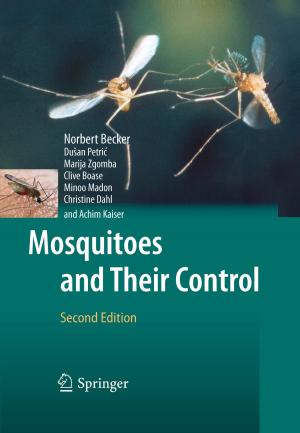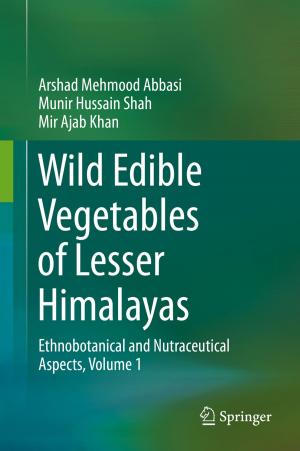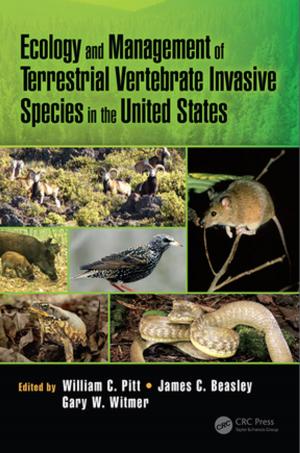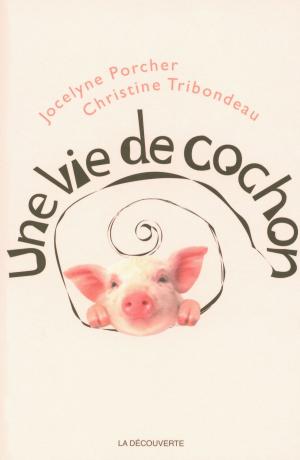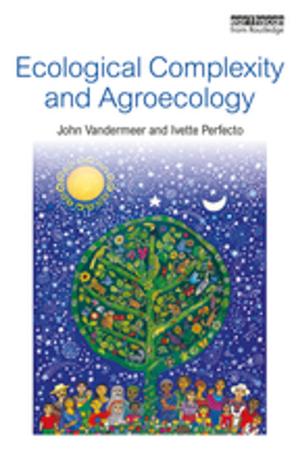Bighorn Sheep: Contributions of Montana State University Graduate Students to Understanding a Vulnerable Species, 1965-2000
Nonfiction, Science & Nature, Science, Biological Sciences, Ecology| Author: | L. R. Irby | ISBN: | 9781476328232 |
| Publisher: | L. R. Irby | Publication: | May 18, 2012 |
| Imprint: | Smashwords Edition | Language: | English |
| Author: | L. R. Irby |
| ISBN: | 9781476328232 |
| Publisher: | L. R. Irby |
| Publication: | May 18, 2012 |
| Imprint: | Smashwords Edition |
| Language: | English |
During 1965-2000, 21 Montana State University graduate students completed field studies of bighorn sheep (Ovis canadensis). Their studies indicate that bighorn sheep can be a viable part of Montana’s fauna for the foreseeable future if managers reject the myths that have developed about bighorns. Bighorns need specialized habitat that is not found everywhere, but they have a greater range of tolerable habitat than “monarch of the mountain” mythology suggests. Because bighorns are relatively rare and will never be as abundant as deer and elk because of limited habitat, some biologists tend to think of them a species that does not respond well to conventional management techniques. This myth leads to excessively conservative harvest when aggressive use of hunting to prevent over-population would be appropriate. If managers reject the myth that isolation and small population size inevitably doom a bighorn population, they can use translocation, habitat manipulation, and manipulation of competitors and predators to keep small populations on the landscape. While in-breeding may be a problem in some areas, the myth that genetic manipulation is essential to maintain small populations is dangerous. Introductions to add genetic diversity may be justified in some cases, but introduction of “new blood” risks breaking up favorable local genetic combinations and may introduce new pathogens. Introductions of “new blood” to increase trophy size or herd productivity usually have little impact. The size of individuals and the productivity of herds are much more tightly linked to habitat quality than to genetic diversity. In areas with the potential to function as working meta-populations, efforts should be made to maintain connectivity between sub-populations. In isolated areas of sheep habitat, managers must accept the idea that the population could disappear and might have to be re-introduced.
During 1965-2000, 21 Montana State University graduate students completed field studies of bighorn sheep (Ovis canadensis). Their studies indicate that bighorn sheep can be a viable part of Montana’s fauna for the foreseeable future if managers reject the myths that have developed about bighorns. Bighorns need specialized habitat that is not found everywhere, but they have a greater range of tolerable habitat than “monarch of the mountain” mythology suggests. Because bighorns are relatively rare and will never be as abundant as deer and elk because of limited habitat, some biologists tend to think of them a species that does not respond well to conventional management techniques. This myth leads to excessively conservative harvest when aggressive use of hunting to prevent over-population would be appropriate. If managers reject the myth that isolation and small population size inevitably doom a bighorn population, they can use translocation, habitat manipulation, and manipulation of competitors and predators to keep small populations on the landscape. While in-breeding may be a problem in some areas, the myth that genetic manipulation is essential to maintain small populations is dangerous. Introductions to add genetic diversity may be justified in some cases, but introduction of “new blood” risks breaking up favorable local genetic combinations and may introduce new pathogens. Introductions of “new blood” to increase trophy size or herd productivity usually have little impact. The size of individuals and the productivity of herds are much more tightly linked to habitat quality than to genetic diversity. In areas with the potential to function as working meta-populations, efforts should be made to maintain connectivity between sub-populations. In isolated areas of sheep habitat, managers must accept the idea that the population could disappear and might have to be re-introduced.

